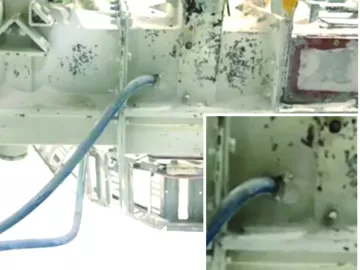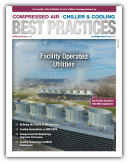Eliminate the Cost of Artificial Demand with Proper Storage and Piping
This article reviews the benefits and design considerations of controlling system pressure from the air compressor room to the production headers and selected production processes and areas. Over the last several decades, the phrase “demand-side control” has become the generic term to describe establishing a “flat line” header pressure using proper storage and an appropriate pressure regulator, or “pressure flow controller.” Use of a demand-side controller to control pressure and flow can be implemented at the entry to the production area header(s) and at selected production areas or processes.




